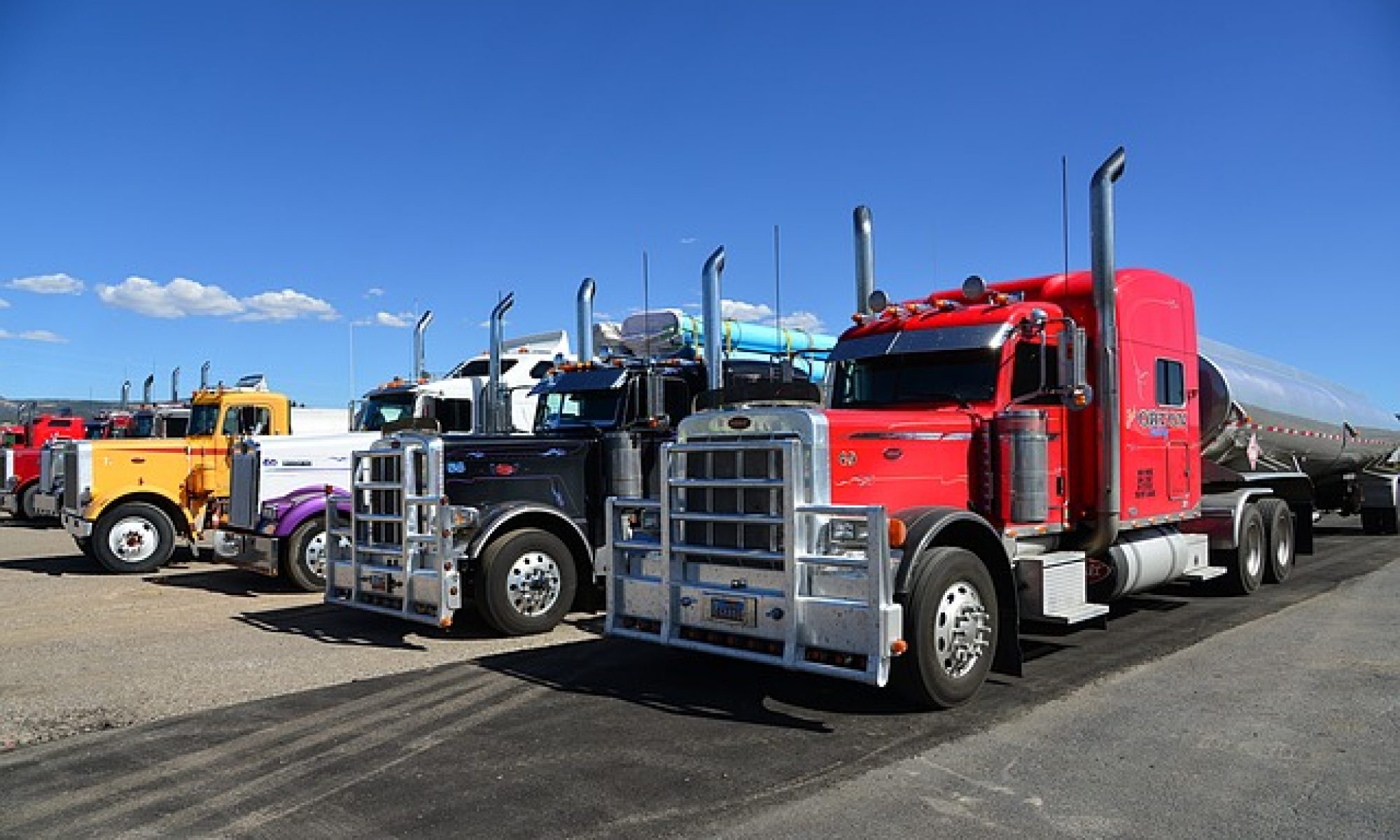As Tesla Drives Fremont’s EV Revolution, Homeowners Face New Electrical and Water Challenges
The electric vehicle boom in Fremont, California isn’t just changing what we drive—it’s transforming the very infrastructure of our homes. With 23,603 EVs registered in Fremont as of December 2023, and the city’s 94538 and 94539 zip codes ranking among the top 10 in California for EV registrations, homeowners are discovering that going electric means more than just plugging in their car.
The Hidden Infrastructure Challenge
When Tesla owners bring their new vehicles home, they quickly realize that for the vast majority of homes, charging at those speeds will not require major electrical service upgrades to 400 amps for basic Level 1 charging. However, 240V level 2 chargers provide a bigger “pipeline” for electricity to flow to your Tesla. They can charge up to 15 times faster than trickle chargers.
The electrical demands are significant. Level 2 chargers deliver anywhere from 3.3 – 17.2 kW of power enabling 10-52 miles of range per hour charging, while a typical electric furnace draws about 10,000 watts and a water heater uses 4,500 watts. This means that Tesla charging can draw as much power as major home appliances.
Electrical System Upgrades: What Fremont Homeowners Need to Know
Charging an electric vehicle uses a lot of electricity, so it’s quite possible that charging your Tesla will make you hit the maximum circuit load for the first time. Most homes have obvious peak electricity usage times, such as before meal times when multiple power-hungry kitchen appliances are in use. If you’re lucky, you’ll only hit peak capacity if you try to charge your Tesla during these peak hours.
Many Fremont homes require electrical panel upgrades to safely accommodate EV charging. Cost really depends on if you have enough spare electrical capacity. If so, you might be able to run a new line for a few hundred dollars. If not, adding capacity to your home’s electrical system can cost a few thousand.
The good news for Fremont residents is that since 2012, Fremont homeowners have been able to apply for EV charger installation permits online. The permits are almost always quickly granted since home charging reduces demand on the downtown level 3 charging stations.
The Water Connection You Didn’t Expect
While most homeowners focus on electrical upgrades, there’s a less obvious but equally important consideration: water usage. If vehicles used in the US were mostly converted to electric and produced with current technology, the water demand in the US would increase by 0.9%. This increase comes from the electricity generation needed to power EVs.
Electricity generation is a large consumer of water resources. Different methods of electricity production have varying amounts of water demand. For example, nuclear power generation has high water demands, whereas wind energy production has a very low demand.
However, the water impact varies significantly based on your charging habits and local energy sources. The less fuel-efficient the alternative vehicle, the better the EV is for the environment. For example, if you switch from driving a gas-guzzler to an EV, that’s more beneficial than someone switching from a hybrid. In fact, we find that if the household’s alternative-choice vehicle is a hybrid, using an EV can actually increase its net water use.
Smart Solutions for Fremont’s EV Future
Fortunately, there are strategies to minimize both electrical strain and water impact. Time-of-Use (TOU) rates involve different pricing tiers throughout the day. It’s often cheaper to charge during off-peak and mid-peak hours when electricity demand is lower. Plan your charging sessions accordingly to maximize savings.
By strategically scheduling your charging times, you can avoid overloads, potentially saving you from having to do costly upgrades to your electrical system. Tesla’s built-in scheduling features make this easy, allowing you to charge during off-peak hours when both electricity rates and grid demand are lower.
When to Call a Professional
Given the complexity of electrical and potential plumbing modifications needed for EV charging infrastructure, many Fremont homeowners are turning to experienced professionals. Whether you need electrical panel upgrades, dedicated 240V circuits, or water system modifications to support increased home electrification, having a qualified plumber fremont residents trust can make the difference between a smooth installation and costly complications.
Local service providers like Sugar Bear Home Services understand the unique challenges facing Bay Area homeowners. They are proud to be locally owned and serve South San Francisco and surrounding areas, and as a locally owned business, they understand the needs of South San Francisco residents. They believe in providing quality service, not just chasing money. If the work is exceptional then money will come, and they also believe in honesty and loyalty.
Looking Ahead: Fremont’s Electric Future
As Tesla continues expanding its Fremont factory operations and more residents adopt electric vehicles, the city is positioning itself as a leader in sustainable transportation. Fremont is adding EV charging infrastructure to accommodate this growth, and many homeowners and businesses are installing their own EV chargers.
The transition to electric vehicles represents more than just a change in transportation—it’s a fundamental shift in how we think about our homes’ energy and water systems. By planning ahead and working with experienced professionals, Fremont homeowners can ensure their properties are ready for this electric future while minimizing both costs and environmental impact.
The key is understanding that EV adoption isn’t just about the car in your driveway—it’s about creating a comprehensive system that efficiently manages electricity, optimizes water usage, and supports the broader goal of sustainable living in one of California’s most forward-thinking communities.

